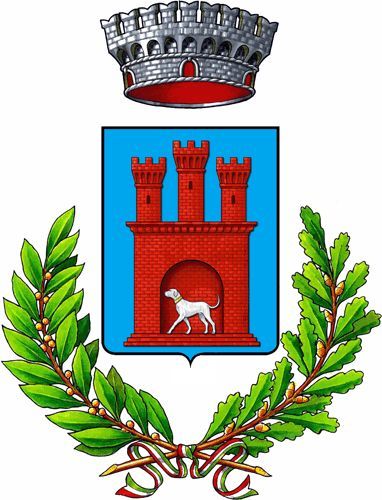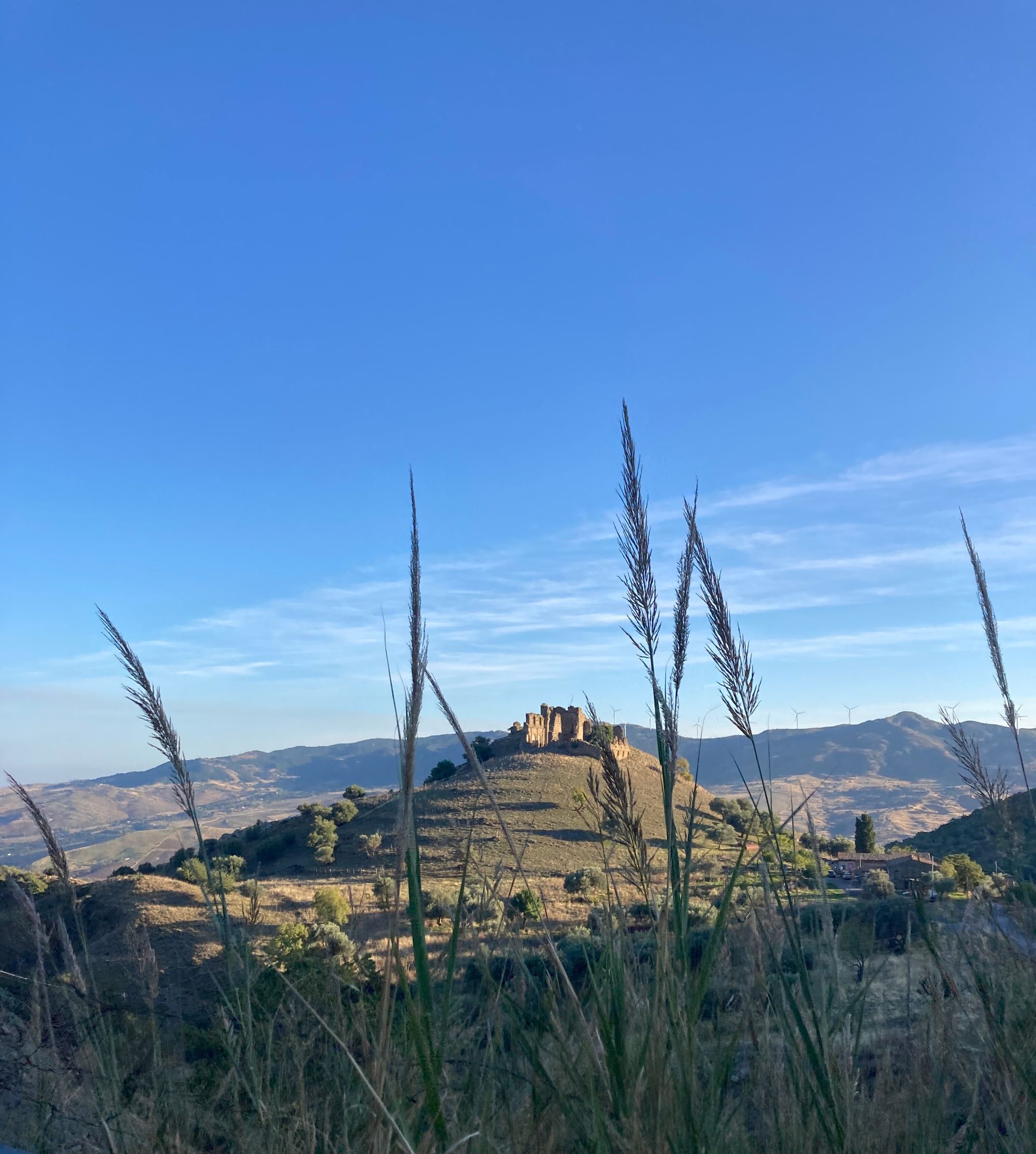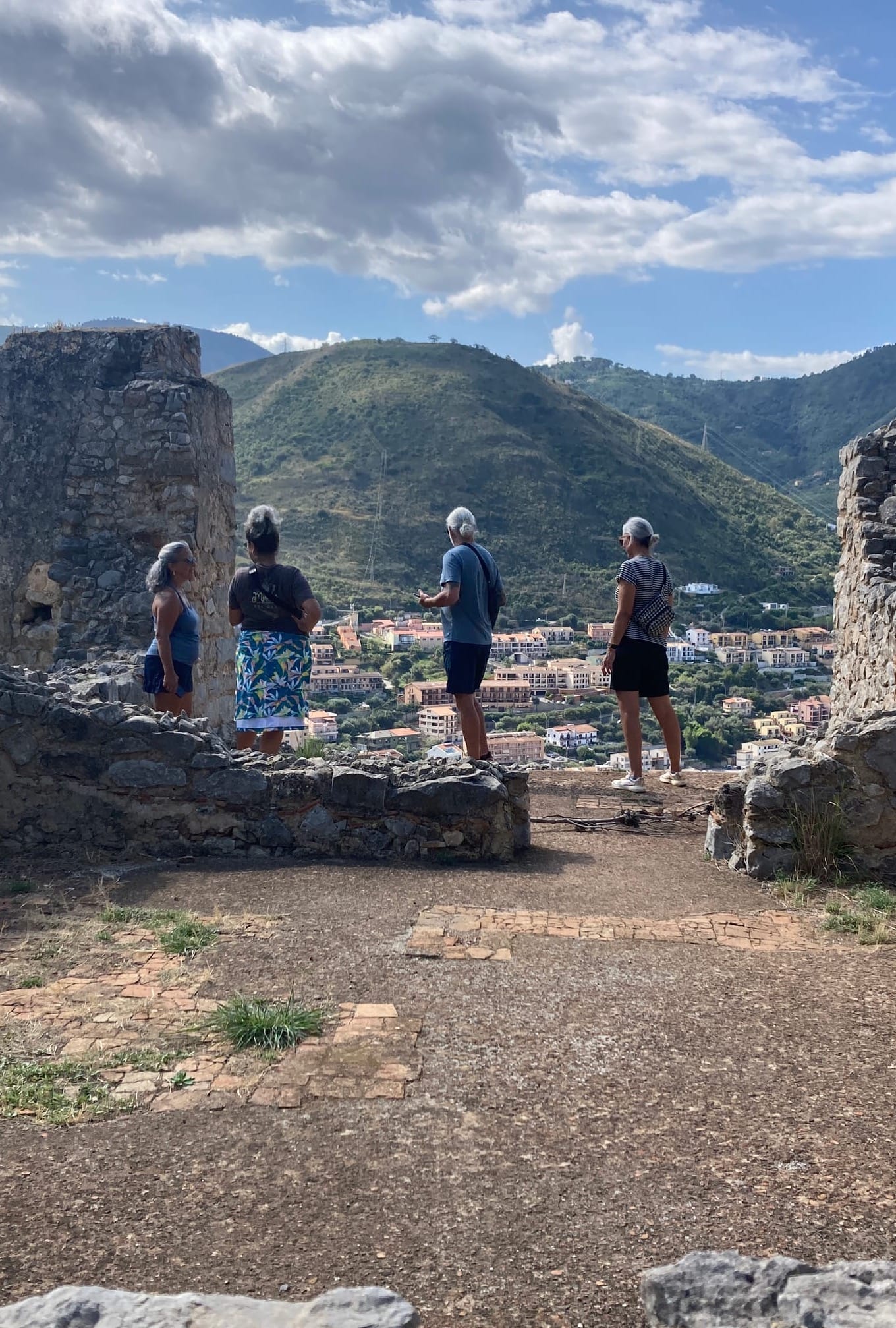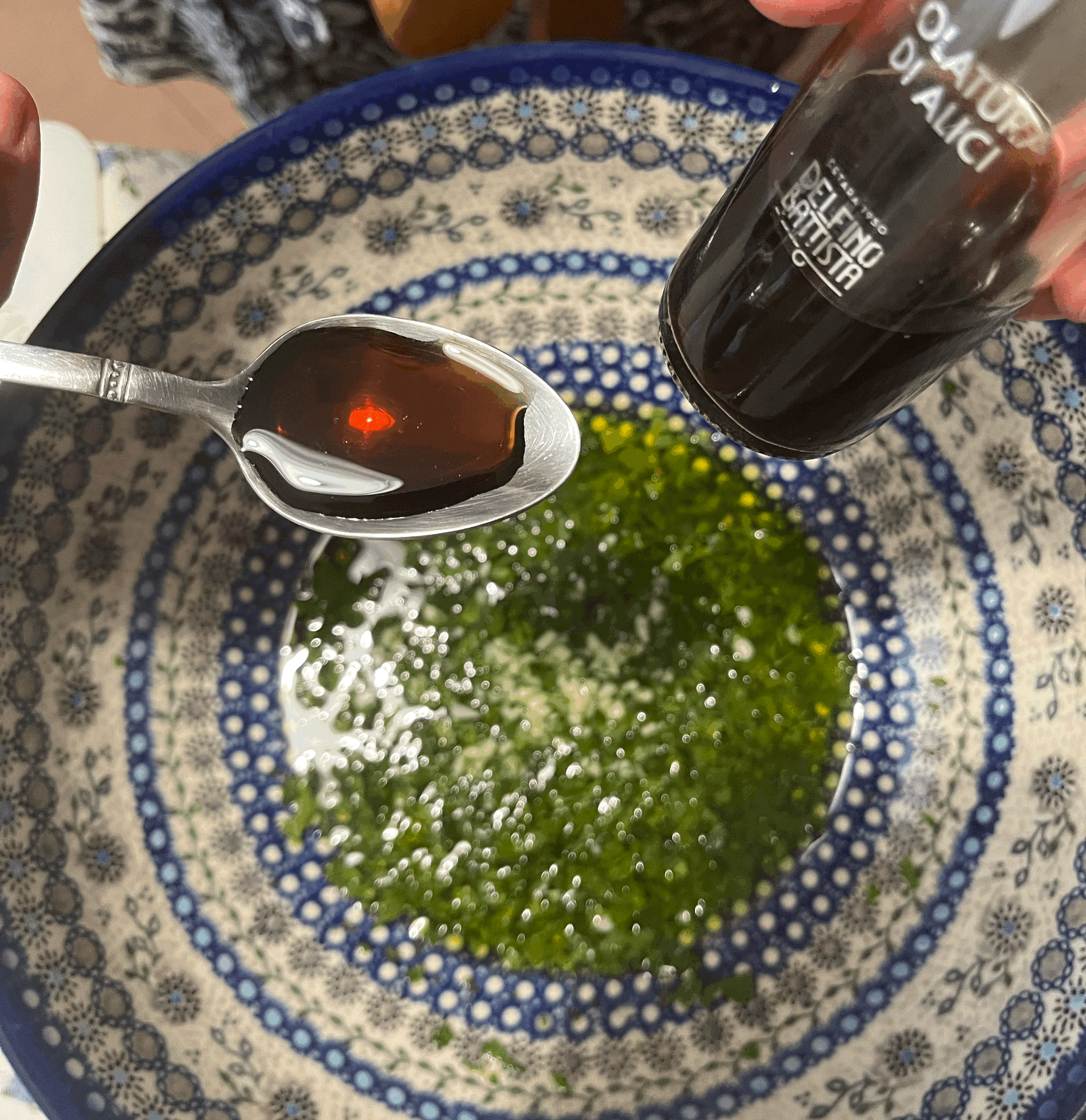
The Sword of St. Michael
Does one dog and this small monastery ruin outside the town of Troina hold the key to the Norman conquest over the Arabs in Sicily?
Featured Place: Saint Michael's Monastery, Troina
Outside the town of Troina, perched on a small hill at the edge of the Nebrodi Mountains, with a commanding view south to the Ionian Sea and Mount Etna to the east, stands the tiny ruin of San Michele, where in the 1060’s the rule of Sicily began to change hands.
At the time, Sicily was certainly no stranger to conquest as it had been a target for invaders millennia prior, beginning with the Greeks, then followed by the Romans, the vandals, Byzantines, and others. Just under twenty regime changes in total.
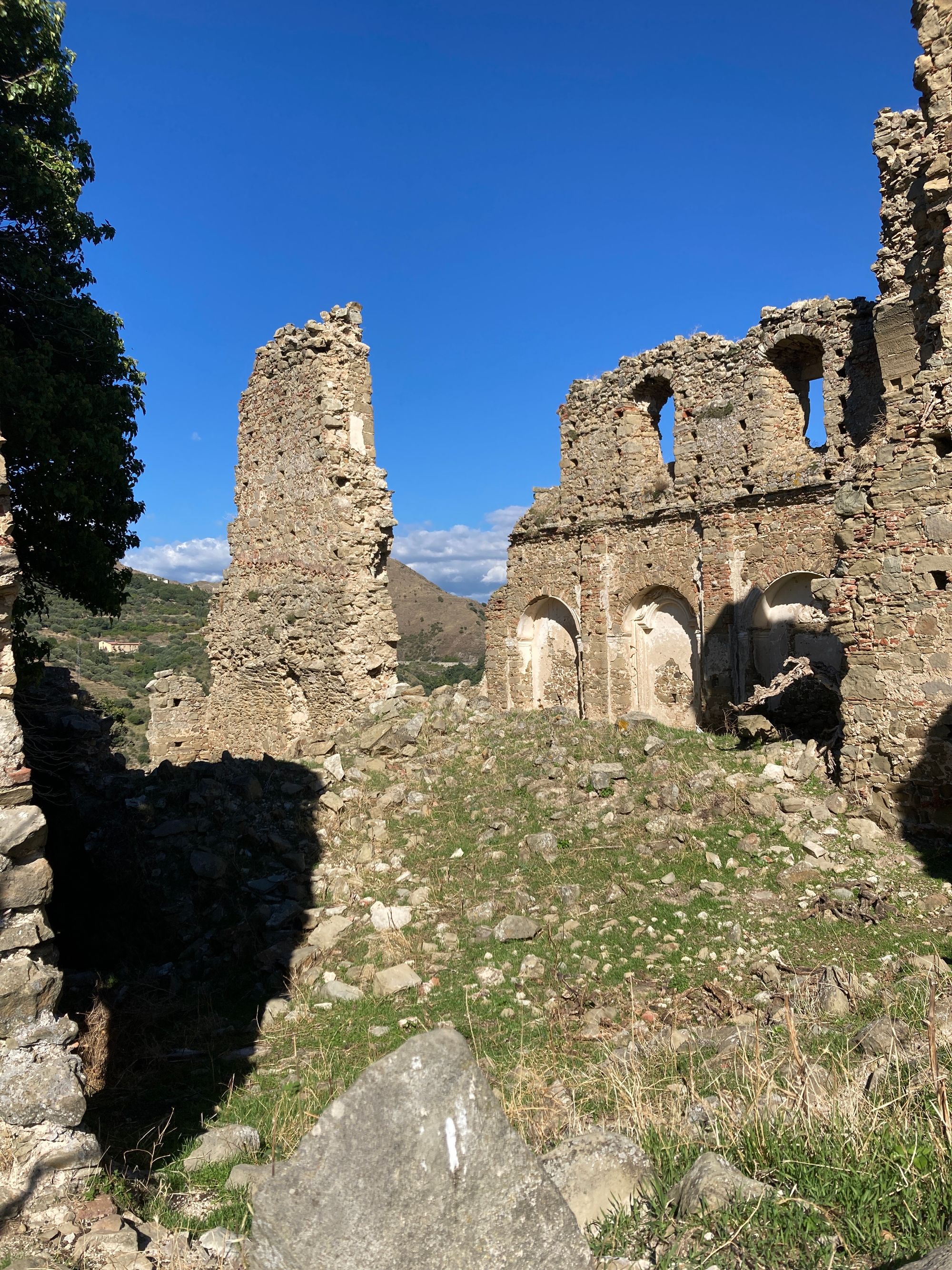
But it was here, in this small monastery, where monks raised sheep, operated a mill, grew olives, and lived in quiet peace, that the beginnings of a new rule found footing, one that would eventually end 1,500 years of Greek influence and result in the fusion of Arabic, Byzantine, French and Italian styles, leaving behind an incredible legacy of art and architecture still visible today.
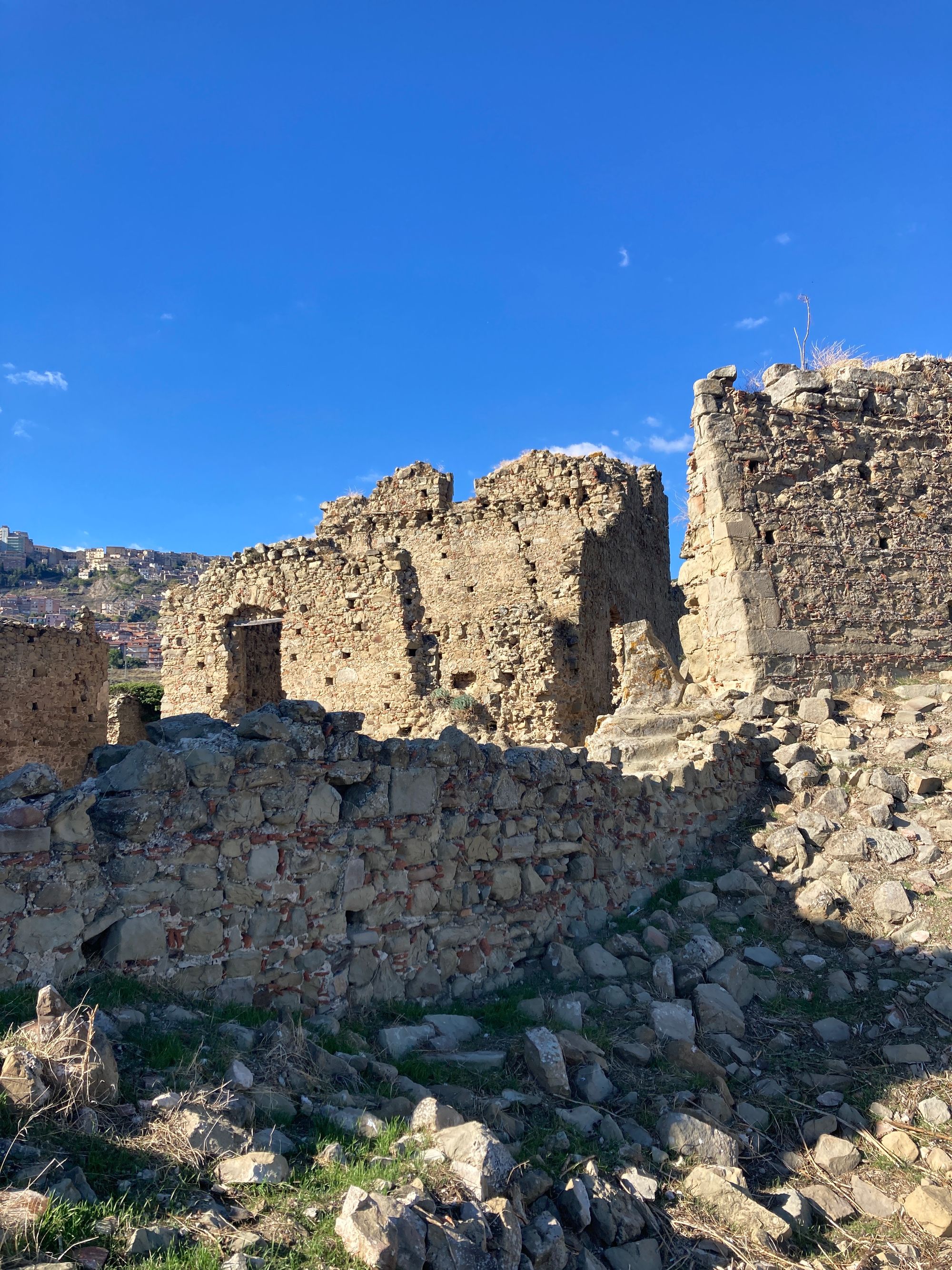
Passed down through the ages, the story of how a young nobleman from the House of Hauteville, named Roger I, came to be standing at this little stone monastery in the summer of 1063 and felt stymied by just how to take the higher ground the army of Arabs occupied in the town of Troina, when someone, one of the sympathetic Basilian monks, perhaps, mentioned a tunnel.
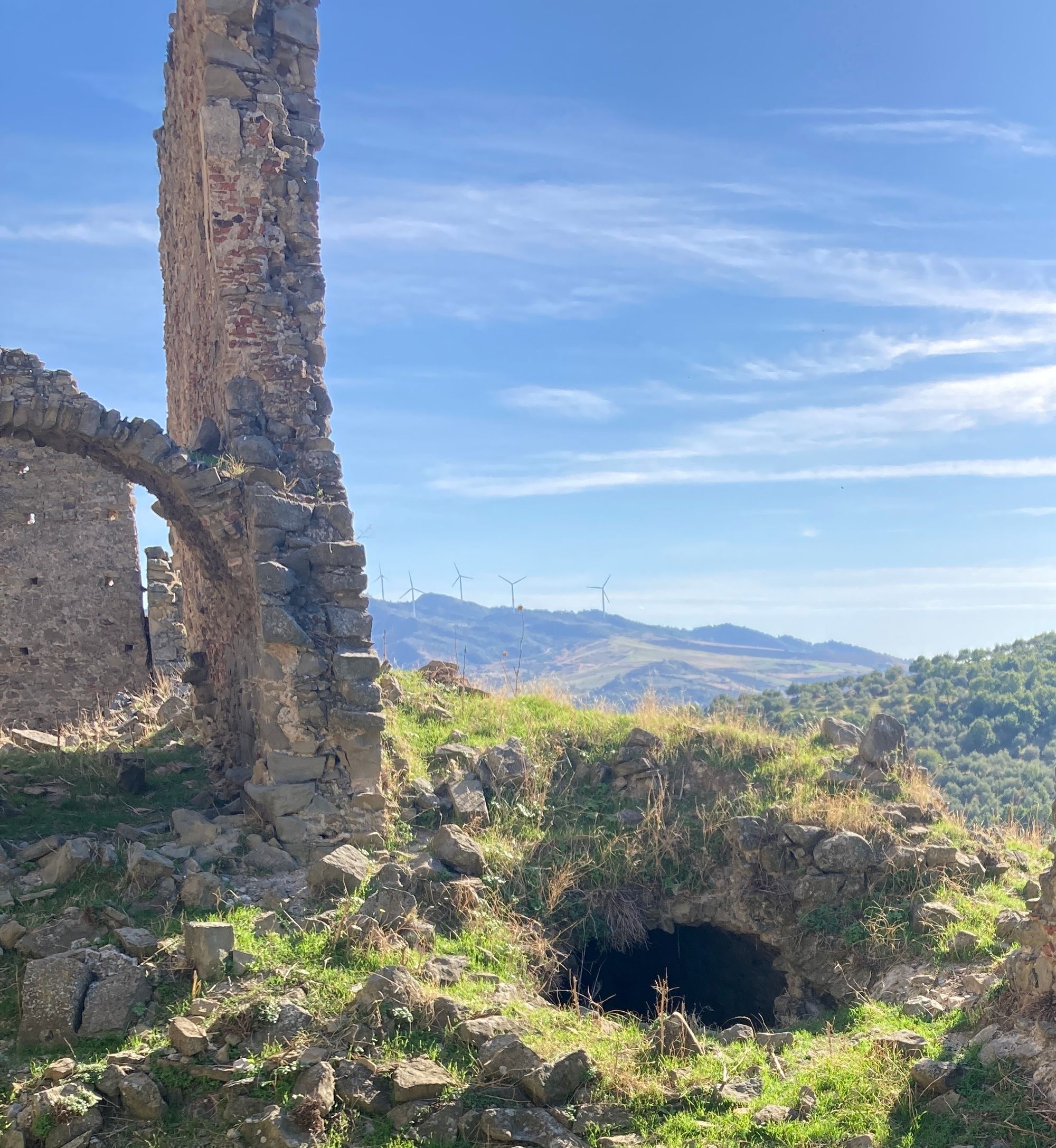
During the Middle Ages, devotion to Saint Michael, the Archangel, flourished. This spiritual warrior in the battle of good versus evil, the champion of justice and patron healer of the sick and dying was particularly revered among the monastic orders as they, too, viewed themselves warriors of Christ.
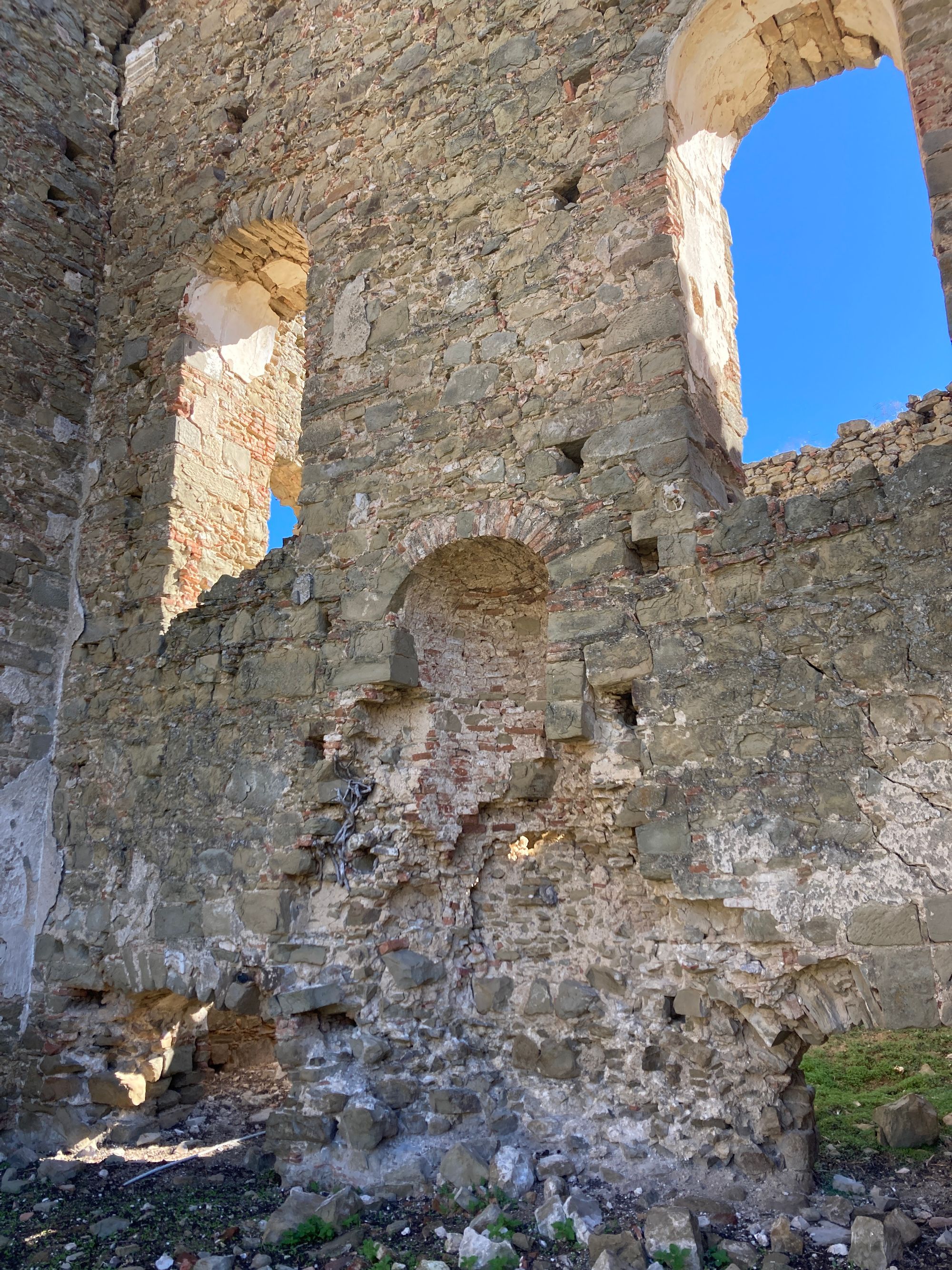
A great, yet largely unknown, sign of this devotion is the existence of a perfect ley line, known as the Sword of St. Michael, which connects a line of monasteries from Ireland to Israel, and while Troina does not factor into that legend (nor does Sicily), it is notable that this monastery and two other churches in Troina, one of which is the mother church in the heart of the city, can be linked by a line.
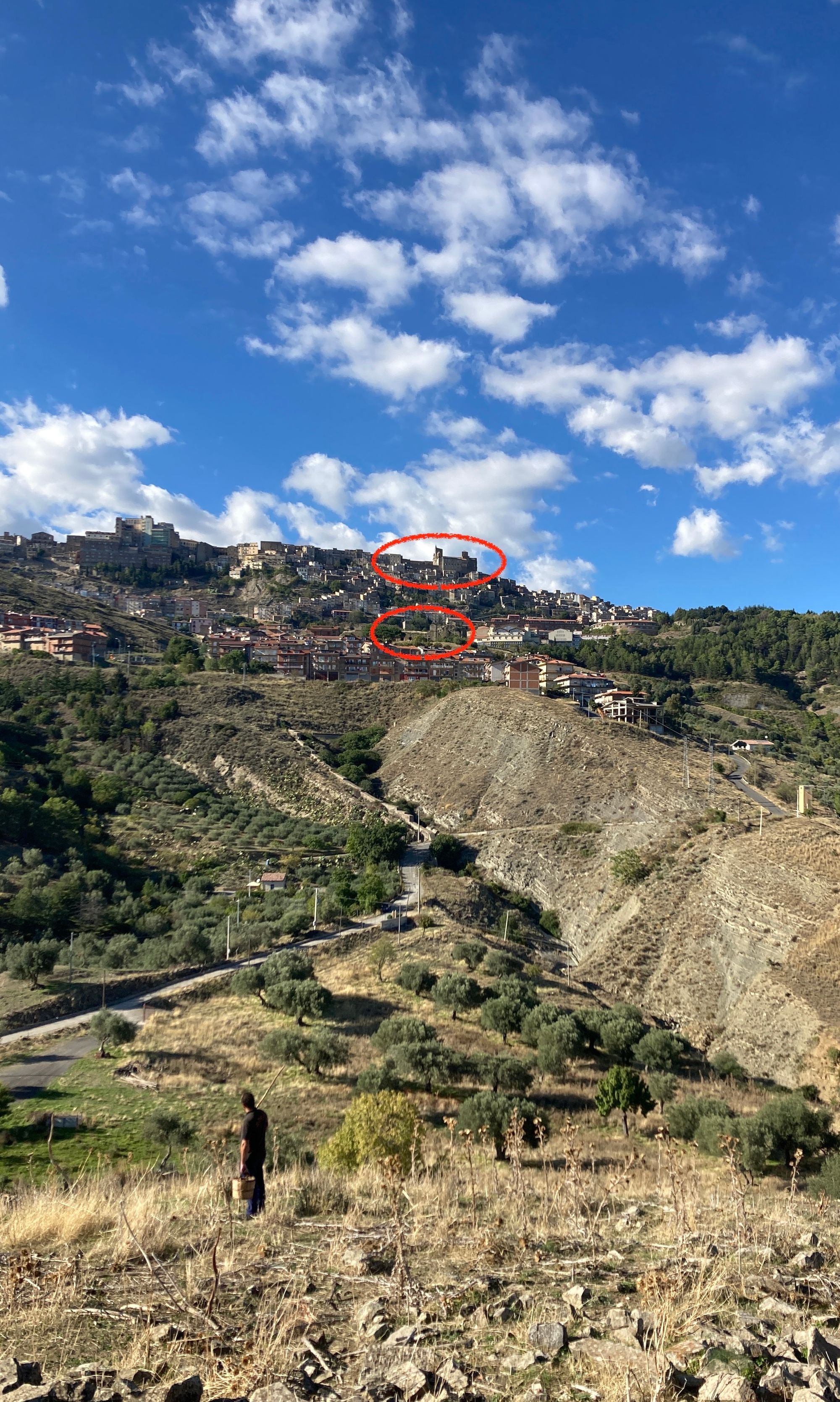
The ley line, so the story goes, was marked as well, the disgruntled monk revealed, by a tunnel. One that twisted and wound the through dark underbelly of the mountain passing through all three churches, the one in which Roger was standing, the second just up the hill from the first, and the third occupying the main square of Troina and heart of the Arab army.
Roger's problem? No one from the monastery was willing to show him the way. Again, the monk provided. However, he says, there's this dog.
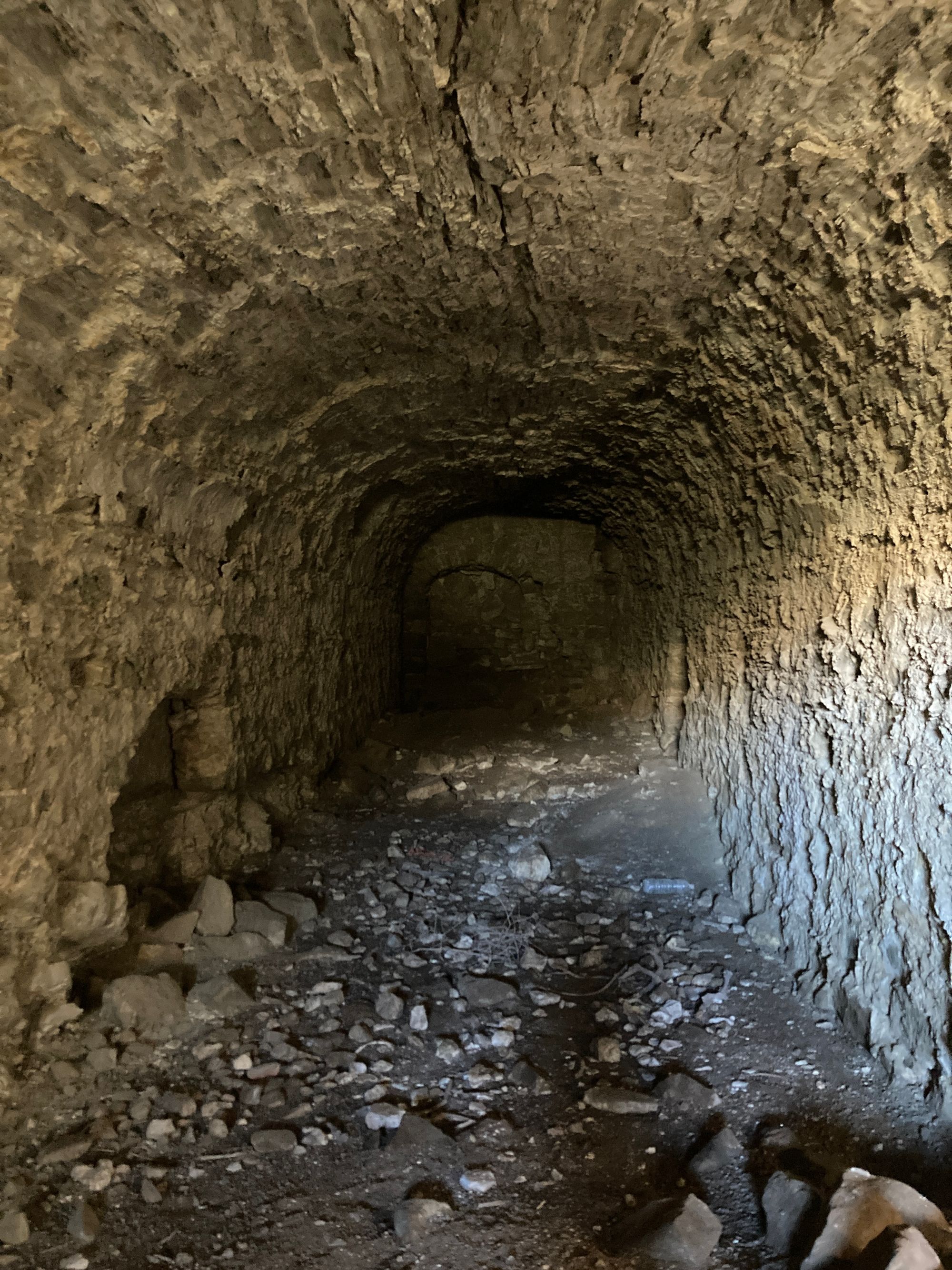
With their path secured, the only thing left was to offer the Arabs a convincing diversion, one which Roger accomplished by ordering the bulk of his own army to assemble in an area away from the monastery. Believing an attack was imminent, the Arabs took the bait and left Troina virtually defenseless.
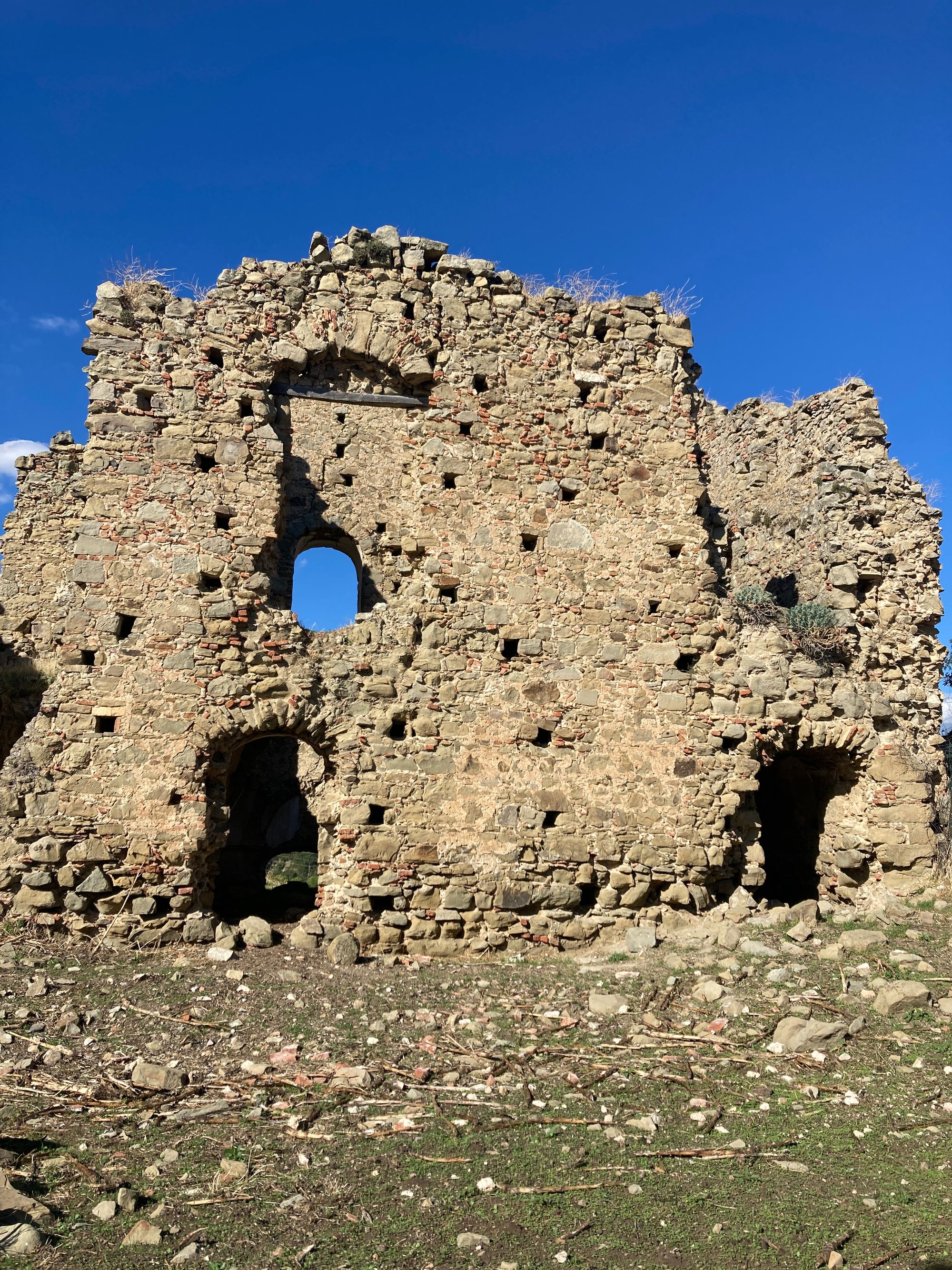
No one is certain when the monastery fell to ruin. The Normans occupied Troina, the first capital of Sicily, for the next 130 years, until Richard the Lion-Heart of England stopped by on his way to the Third Crusade to retake the Holy Land and sacked the entire island. Rule passed from England to Spain to Austria to Bourbons for the next 600 years.
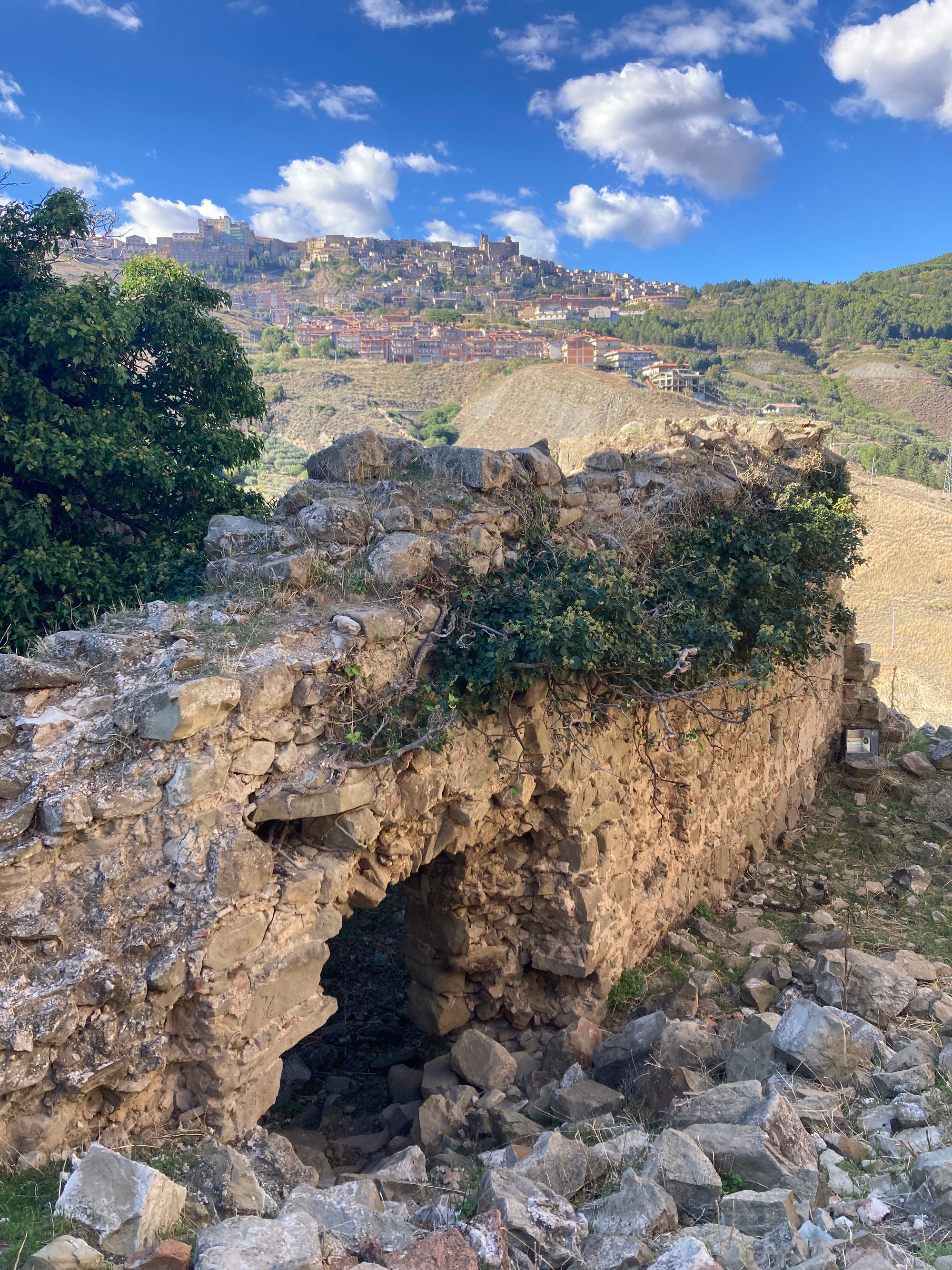
What is known and well documented by the famed photojournalist, Robert Capa, is the "other" Saint Michael and possibly the monastery, too, was razed to its present status due to bombing by the Allied forces in World War II in preparation for the U.S. 2nd Corps to liberate Troina, a battle that took six days and became one of the fiercest and longest campaigns in all of war in Sicily.
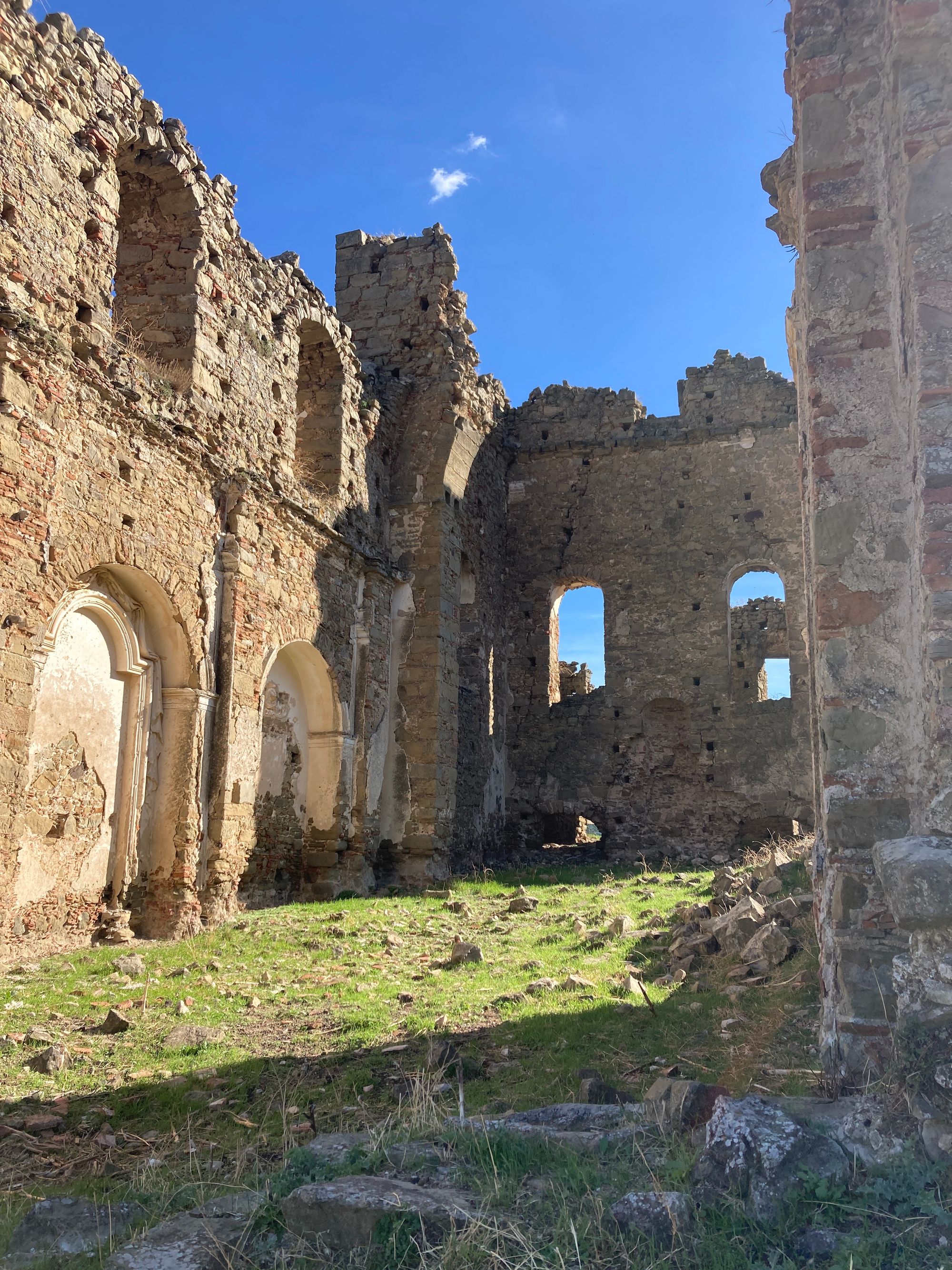
Today, the monastery stands as you see it here, fallen, broken and yet, somehow still with a memorable hold on the world it occupies.
Whether the story of the dog is true, who knows. Dogs do, as you can see by the Troina coat of arms, factor greatly in the city's heraldry and origin.
